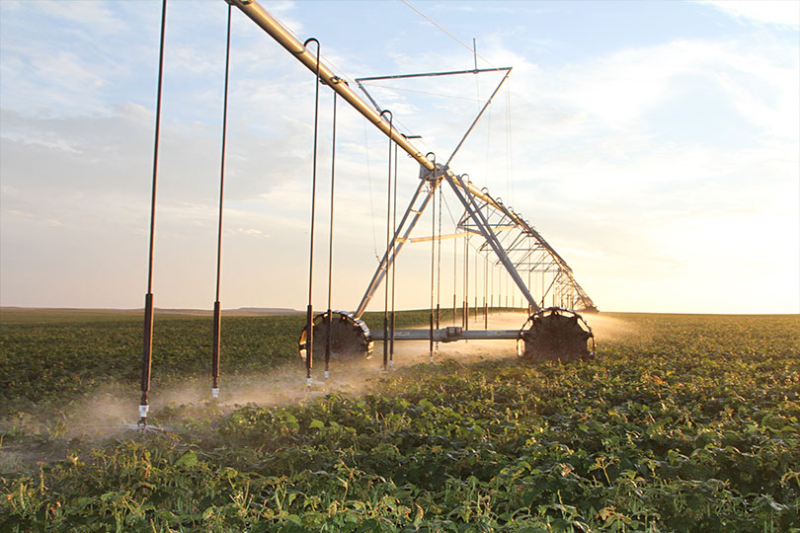By Emmy Powell
Communications Specialist
A water district in Texas will be awarded money to help farmers improve their irrigation systems, try new crops or make the switch to less water-intensive management practices.
Hildago and Cameron Counties Irrigation District 9 is one of the 18 districts the U.S. Department of Agriculture (USDA) will be funding to help improve water and irrigation efforts.
USDA plans to invest $400 million in crop productivity and conservation projects largely in the western U.S. Each district will receive up to $15 million.
The funding is a step toward long-term sustainability and resilience by focusing on long-term water conservation in several basins across the west and helps strengthen water security, according to USDA.
U.S. Secretary of Agriculture Tom Vilsack noted the funding is expected to conserve up to 50,000 acre-feet of water across 250,000 acres of irrigated farmland.
“Agricultural producers are the backbone of rural communities across the west and many of them are struggling under prolonged drought conditions,” Vilsack said. “USDA is taking an ‘all hands’ approach to help address this challenge, including these new partnerships with irrigation districts to support producers. We want to scale up the tools available to keep farmers farming, while also voluntarily conserving water and expanding markets for water-saving commodities.”
Along with supporting irrigation districts, the funding will support farmers in using innovative water saving technologies and farming practices while producing water-saving commodities in the face of continued drought.
“Farm Bureau appreciates that USDA recognizes the unique challenges faced by our western farmers and ranchers and others,” American Farm Bureau Federation President Zippy Duvall said. “Prolonged drought conditions have threatened the sustainability of farms and ranches, and infrastructure improvements and crop productivity investments are needed to help farmers make it through the tough times. We look forward to learning more about the investment, and we urge USDA to provide flexibility as they deploy these resources.”
To achieve program objectives, irrigation districts were selected based on several commodity production and water management-related criteria.
Farmers who participate will receive payments for voluntarily reducing water consumption while maintaining commodity production.
USDA and the preliminarily selected districts will provide more details on the agreements and opportunities for farmers to directly enroll.
Funding may become available to additional districts.
Lower Rio Grande Valley water issue
Farmers and ranchers in the Lower Rio Grande Valley are running out of water due Mexico’s failure to deliver water agreed upon under the 1944 Water Treaty.
The treaty requires Mexico to provide the U.S. with an average of 350,000 acre-feet of water per year over a five-year cycle. But Mexico has repeatedly waited until the end of the five-year cycle to fulfill its water contribution.
Texas lawmakers continue to make efforts to force Mexico to deliver on its water debt owed to the U.S. under the treaty.


Leave A Comment